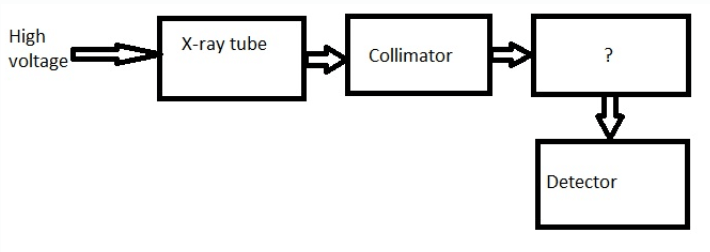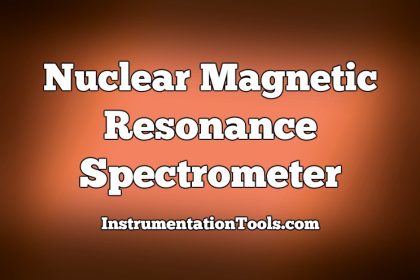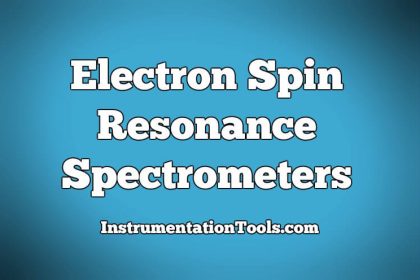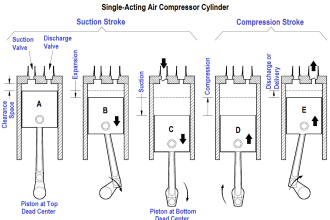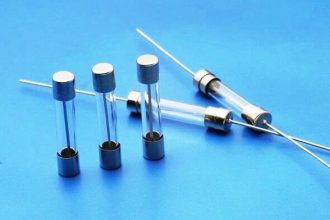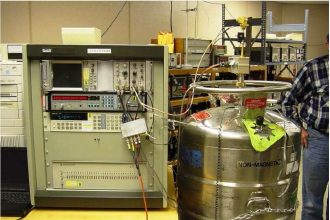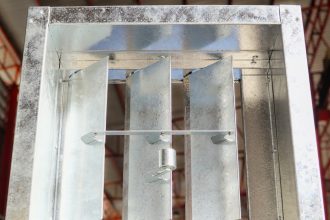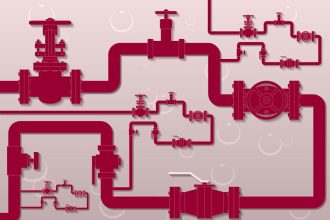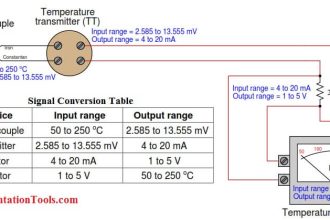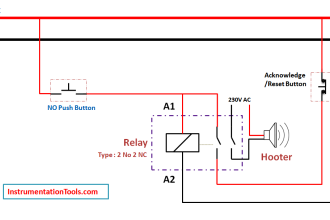X-Ray Spectroscopy Questions & Answers
1. In X-ray spectrometers, the specimen or the sample is placed after which of the following components?
a) X-ray tube
b) Monochromator
c) Collimator
d) Detector
Answer: a
Explanation: In X-ray spectrometers, the specimen or the sample is placed after the X-ray tube. The X-ray tube is the source of the X-ray.
2. Which of the following components are used to generate X-rays?
a) Meyer tube
b) West tube
c) Anger tube
d) Coolidge tube
Answer: d
Explanation: Coolidge tube is used to generate X-rays. It the source of X-rays. Coolidge tube requires stabilised current and high voltage.
3. Using which of the following components is the generated x-rays focussed upon the specimen?
a) X-ray tube
b) Monochromator
c) Collimator
d) Detector
Answer: c
Explanation: Collimator is used to focus the generated x-rays upon the specimen. The collimator is in between the specimen under analysis and the Coolidge tube.
4. The cathode in the Coolidge tube is made of which of the following elements?
a) Quartz
b) Iron
c) Tungsten
d) Barium
Answer: c
Explanation: The cathode in the Coolidge tube is made of tungsten. The anode is made of copper.
5. The cathode in the Coolidge tube is kept in an inclined manner.
a) True
b) False
Answer: b
Explanation: The anode in the Coolidge tube is kept in an inclined manner. The anode is made of copper.
6. Which of the following is not a target metal used in Coolidge tube?
a) Rhodium
b) Cobalt
c) Gold
d) Silver
Answer: c
Explanation: Gold is not used as a target metal in Coolidge tube. The other target metals are copper, molybdenum and chromium.
7. How can the resolution of the collimator be increased?
a) By reducing the separation between the metal plates of the collimator
b) By increasing the separation between the metal plates of the collimator
c) By increasing the number of metal plates
d) By decreasing the number of metal plates
Answer: a
Explanation: The resolution of the collimator can be increased by reducing the separation between the metal plates of the collimator. Collimator has a series of closely spaced parallel metal plates.
8. When x-rays emitted from molybdenum are allowed to pass through a zirconium filter, which of the following occurs?
a) It absorbs radiation of shorter wavelength
b) It absorbs radiation of longer wavelength
c) It allows radiation of shorter wavelength to pass through
d) It allows radiation in a particular band to pass through
Answer: b
Explanation: When x-rays emitted from molybdenum are allowed to pass through a zirconium filter, it absorbs radiation of shorter wavelength. It allows radiation of stronger wavelength to pass through.
9. When compared to filters, monochromators provide much signal to noise ratio.
a) True
b) False
Answer: a
Explanation: When compared to filters, monochromators provide much signal to noise ratio. Monochromators are used for removal of unwanted wavelengths.
10. Which of the following crystals are not suited for x-ray grating?
a) Topaz
b) Lithium fluoride
c) Calcium fluoride
d) Sodium fluoride
Answer: d
Explanation: The crystal which is not suited for x-ray grating is sodium fluoride. Other crystals which are suitable for x-ray grating are gypsum and sodium chloride.
11. Given below is the block diagram of X-ray spectrometer. Identify the unmarked component.
a) Filter
b) Monochromator
c) Specimen
d) Amplifier
Answer: c
Explanation: The unmarked component is specimen. It is the sample under analysis.
12. The x-rays generated come out of the Coolidge tube through which of the following?
a) Beryllium window
b) Tungsten window
c) Collimator
d) Target material
Answer: a
Explanation: The x-rays generated come out of the Coolidge tube through beryllium window. Some energy is lost as heat.
